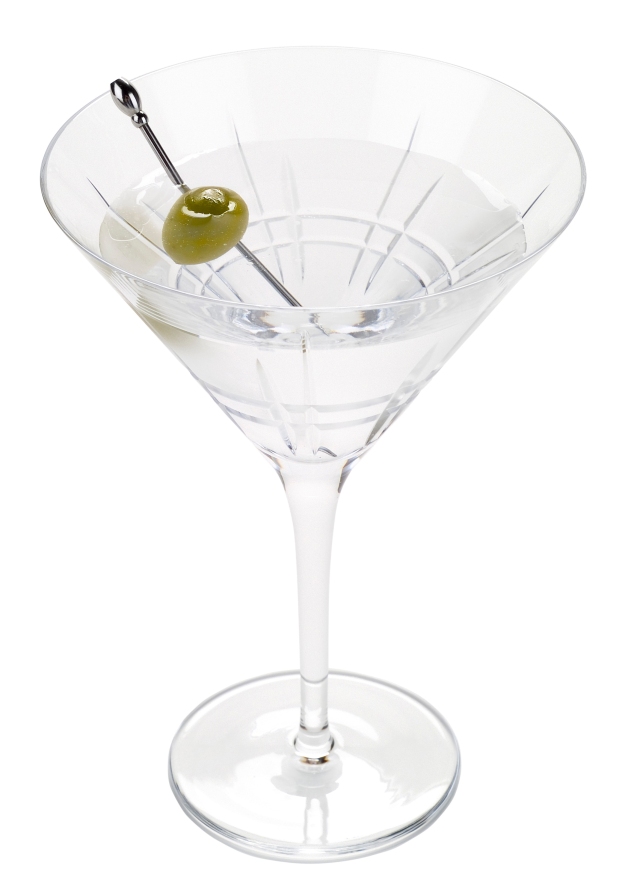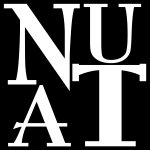[This week is Assistant Directing. Eric Sandefur does a great job, so I’m just going to hand it over to him. –BB]
To be frank, if my job were to extinguish legitimate flames I should have never been hired. Luckily for me, I won’t be touching anything close to fire, but may still come close to death.
Now, to be clear, assistant directing is very different from a director’s assistant. A director’s assistant takes notes for the director, makes coffee for the director, does the director’s laundry, etc. The 1st A.D. (as I will call my position) does none of those things and is much more important on set; the A.D. is the problem solver.
Assistant directing may sound like it’s an easier job than actually directing a film, but in reality, the challenges of A.D.-ing just fall into different categories than that of the director. For instance, it is the director’s job to visualize and create the story on the page via storyboards, shot lists, working with the actors, etc. The 1st A.D.’s job is to stay on schedule (an immense challenge as there are so many departments of on-set filmmaking), make sure the actors are ready for their scenes, keep everyone on task and focused, and fix every and all problems that WILL arise on set. Not so easy now, eh?
Filmmaking is all about communication. Working together to make a single product. A day in the life of a 1st A.D. is a compounding one. Constantly I must be thinking about the shot ahead of this one, or the shot four shots ahead. It’s a given that some shots are going to take more time than scheduled (there’s a lens flare, the actor isn’t ready, the camera broke), so how can I rearrange the schedule to make it work? Complication on top of complication. Once again, it’s all problem solving.
I’ve had the pleasure of working with Mr. Blue/Herr Director before and know how much easier my job will be because of him. As a 1st A.D. it’s comforting to know the person helming the project knows what they’re doing and what they want, and the director for NUAT does. With Ben having a solid outline of the shots he wants and locations he will use, my job becomes much easier. Once the production details come into place, the director and A.D. must sit down and discuss time frames and logistics. How long will Ben need for this shot? Can we fit this insert in here before we move to this shot? If our main actor is in this wardrobe, how many shots can we get in succession so he won’t have to change again? Will the crew drive separately to set? Where will all the crew be staying? Do we even have a crew? More and more questions pile up until the world goes black and our brains can’t possibly think anymore. Yet we have to.
Really it’s not that bad. When you look closely at the workload of pre-production, it’s all organization, and organizing can actually be quite fun.
On set, the 1st A.D. can either be your best friend, or your worst enemy. And since I’m a pretty scary dude in real life, the crew has no option but to respect and fear me. On a more serious note, the 1st A.D.’s main priority is to keep the camera rolling, and sometimes it’s necessary to put on some pressure and be superbly annoying to everyone else trying to do their job. Many A.D.’s find it useful to get angry and pissed and lose their temper as a means to motivate the crew. I find this tactic amazingly distasteful and disrespectful. Going into problems and situations with a clear head makes a world of difference to the tone and attitude around the set. And what’s the point in making a movie if we’re all pissed off the whole time? I don’t want to do that, and another major responsibility of the 1st A.D. (at least on a short film) is to keep morale up on the set.
[Quick note: Because of the combination of strong discipline and morale building, I equate an AD more to a Camp Counselor than a Drill Sergeant. –BB]
However confident I am of Ben’s directing and producing skills, there are always concerns and questions to be had about the shoot. From what I understand, NUAT is a fairly hefty undertaking, packed with action and exciting visuals. Granted, the result is going to be fantastic, but many things have to get worked out before we even see the first cut. I won’t know much of the crew, which will make a rough first day, but that’s usually how it is anyways. Location shooting is always a challenge: What will the weather be like? Will there be enough space for cast and crew? Where does crafty (food and beverages) go? Does everyone know how to get there? For me, one of the most nerve-wracking parts of the day is the beginning, not knowing if everyone will be on time and get to work. But I have faith in NUAT’s cast and crew!
So there’s a little peek into the world of A.D.-ing. I could bore you all with the topic of call sheets, set up and wrap, and “martinis,” but perhaps another time. Or not.
This weeks lesson
Working on set isn’t easy, but with
a good attitude and crew, it’s worth it.
–ES
Please: Leave us comments! Let us know what you think about the blog and the project, and tell us what you want to see or hear more about! Like we said in our first blog post, this blog is “about you almost as much as it is about us.” ![]()
And don’t forget to “Like” us on Facebook and follow us on Twitter!




You were a much better AD than I was, Eric 😉
Well you’re a much better writer than I am, and I’m jealous! 🙂
Pingback: The Dirty Dozen: Who Makes Up A Film Crew? | nuatexperiment
So true…. my son was a camp counsellor, and he is now working as a DGA trainee. Most people only think about the actual director, not the A.D.’s . Consider me enlightened.
I wish you every success with with your ‘experiment’.
Absolutely. Wish him luck for us! That’s a hard track.